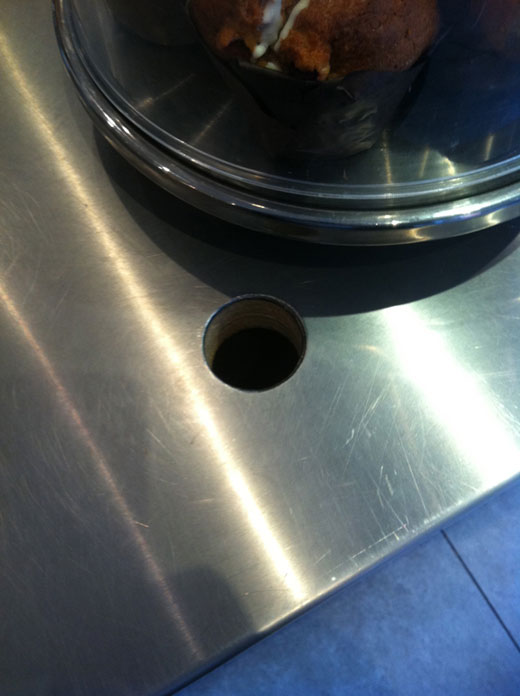The ripe fruit of design failure

When we design objects such as furniture, joinery and buildings - in fact, almost anything with utility - we attempt to anticipate the circumstances of its use and shape the object or form accordingly. We all know this, and assume that it should be so. It is certainly a practical approach; and yet, no matter how hard we try to anticipate the future lives of our design products, the attempt frequently fails, in part if not in whole.
Our world is littered with the fecund evidence of such failures, scattered about our lives like so much fallen and rotting fruit. The question I am interested in is this: what becomes of these failures? The language of design is imbued with morality. We hear of 'good' design and 'bad' design, rather than 'useful' or 'useless'. The greater good is always assumed to be design that is fit for its purpose - design like a glove that fits a hand. Anything bad, on the other hand, is summarily dismissed from consideration.
Nevertheless, if you look carefully at these mistakes - these orphans of intention - they possess shape, form, colour and materiality. They typically also have pattern and proportion, scale and very possibly a mysterious utility outside of their original intended purpose. In fact, these errors possess all the qualities of their more successful cousins, the 'correctly' designed element; they have merely been cut loose from their moorings, drifting from their intended purpose into a no-man's land of extraneous or needless things.
The example shown above is a perfectly round hole cut through a serving bench at a local café. The hole was evidently intended to convey the cash register's cables into the joinery, but times have changed, and the register has been moved 400 millimetres to the left, making the hole superfluous. I find this hole fascinating. It is so carefully made, and so materially satisfying - there is something delicious about a nice, even hole cut through laminated materials. The edge of the hole as it passes through the stainless steel skin has been filed smooth, and the ply substrate is visible beneath, with its tooled striations.
Nevertheless, this particular hole is currently useless. One can take all manner of lessons from the position of this hole, and pontificate about the unwise nature of some decision-making processes in detailed design, but really, who cares? Perhaps, as the hippies did to the barrels of the guns, we should put a flower in the hole. Then again, perhaps not.
Ultimately, the world has another hole in it: all is well.